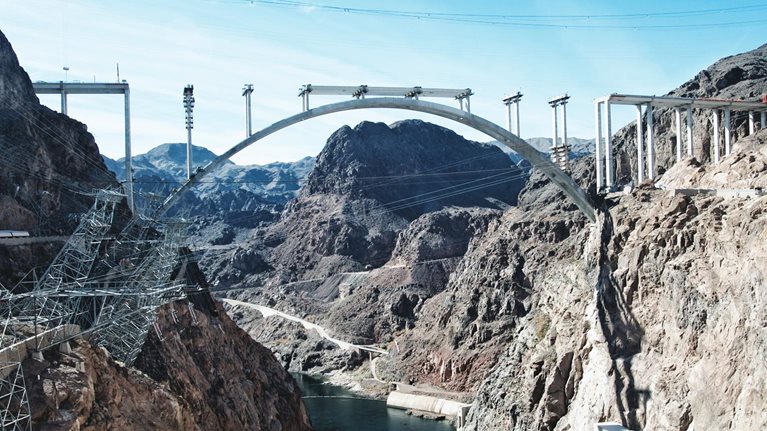The Bipartisan Infrastructure Law (BIL), which is expected to be signed on November 15, 2021, will provide significant public investment in US transportation networks, broadband, and public works projects.
The legislation seeks to address a broad range of critical needs in the United States’ built environment, which was recently rated C-minus by the American Society of Civil Engineers.1 The act will modernize the country’s aging infrastructure through extensive upgrades for roads and bridges. The BIL further provides funding to replace lead pipes that provide drinking water and to remediate pollution in disadvantaged communities—thus helping to build a more inclusive, sustainable economy.
Welcome to the first article in our new series, Reinvesting in America. Here, we break down BIL spending in four exhibits.
Priority investments
The act will include funding for a range of issues. Click through to see the breakdown of spending in the act’s two main categories: transportation (including roads and bridges; passenger and freight rail; airports, ports, and waterways; public transit; electric vehicles; safety; and reconnecting communities) and core infrastructure (which includes the power grid, broadband, water, environmental resiliency, and environmental remediation).
While the BIL aims to bring much-needed investment to the aging infrastructure of the United States, the legislation also raises new questions, such as how to balance integrity, equity, and efficiency in administering new funds; how to scale up loan and grant programs quickly; how to ensure that new programs are designed to meet the evolving needs of individuals and businesses; and how to embed sustainability and equity in new infrastructure investments. By answering these and other important questions, government and business leaders can help ensure that the BIL delivers a transformation for the US economy.

